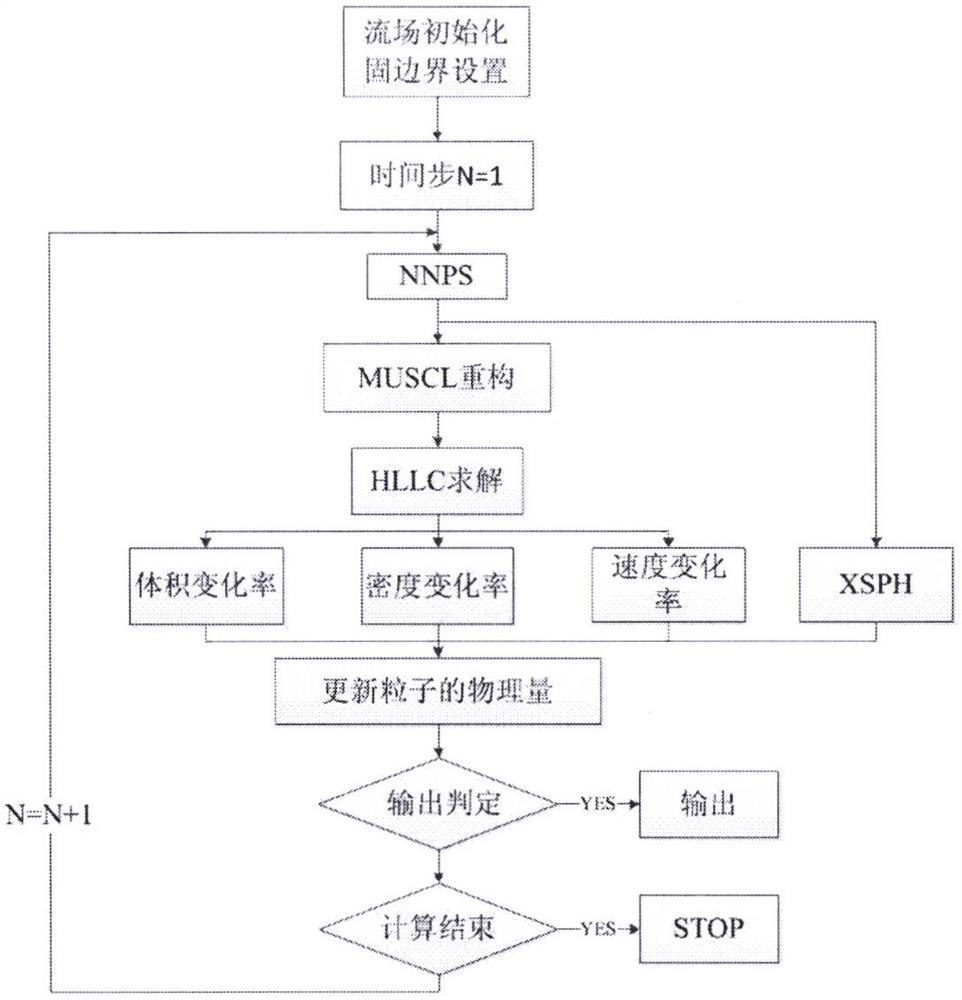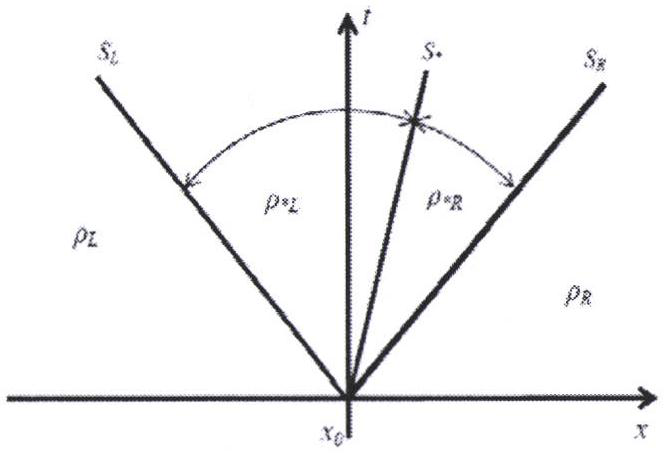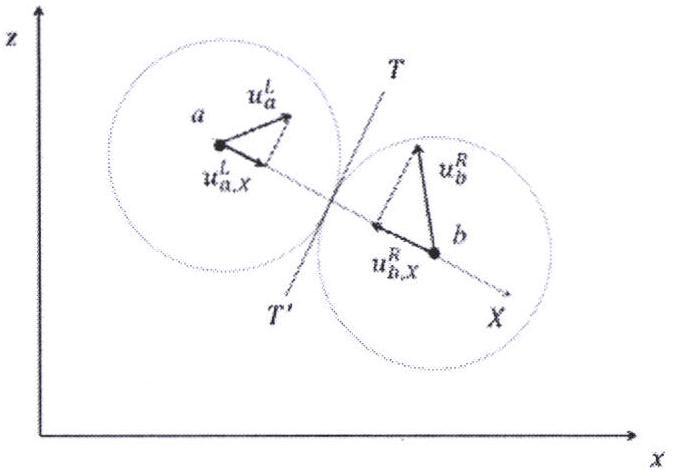Simulation method of meshless numerical model
A technology of numerical model and simulation method, applied in the field of ship mechanics, can solve the problems such as the inability to fully consider rollover, the influence of the broken flow field, the difficulty of solving the time domain, and the difficulty of describing the interaction of the fluid-solid interface, so as to improve the stress instability. , Improve the effectiveness and accuracy, the effect of high use value
- Summary
- Abstract
- Description
- Claims
- Application Information
AI Technical Summary
Problems solved by technology
Method used
Image
Examples
Embodiment 1
[0086] Such as figure 1 As shown, one embodiment of the present invention provides a simulation method of a meshless numerical model, comprising:
[0087] Step1: Initialize the flow field, and give each fluid particle an initial value of each physical quantity, such as position, density, velocity, and pressure.
[0088] Step2: Arrange solid wall boundary particles.
[0089] Step3: Carry out NNPS particle search, and use the high-order MUSCL format to reconstruct the initial value of the Riemann problem at the particle contact gap (ρ, u, w) RC , the output value (ρ, u, w, p) is obtained by the HLLC Riemann solver E , Substitute it into the governing equation to obtain the particle volume change rate d(ω) / dt, density change rate d(ωρ) / dt, and velocity change rate d(ωρv) / dt.
[0090] Step4: Use the time-stepping method to solve the above-mentioned conservative variables (ω, ωρ, ωρv), and obtain the velocity, density, and volume of the N+1 step particles after division. Substit...
Embodiment 2
[0093] The simulation method of the meshless numerical model in Embodiment 1 specifically provides a fluid governing equation of an improved Riemann solution meshless algorithm.
[0094] Different from the traditional SPH method, the improved Riemann solution meshless numerical model no longer directly substitutes the physical quantities (density, pressure, velocity, etc.) At the contact section, the idea of particle contact algorithm is introduced in the solution process, and the physical quantity of the contact discontinuity of the two particles is approximated by the Riemann solver. At the same time, the TVD-MUSCL format with second-order accuracy is introduced to input the left and right ends of the HLLC Riemann solver. Values are reconstructed to obtain a smooth solution input with high-order accuracy, and a flux limiter that does not reduce the accuracy of the smooth solution region is used to suppress numerical fluctuations near the discontinuity.
[0095] The SPH m...
Embodiment 3
[0101] The method for simulating a meshless numerical model in Embodiment 1 specifically provides an HLLC Riemann solver.
[0102] It is very difficult to solve the Riemann exact solution at the discontinuity, and an approximate solution is generally used. The HLLC Riemann solver is an improvement of the HLL solver. It is a method for approximately solving the Riemann solution. The wave solution is deduced from a double-wave structure to a three-wave structure. The wave solution structure at the discontinuity is as follows: figure 2 shown.
[0103] Define the input flux of the HLLC Riemann solver as Q = [ρ, ρu, ρw] T , the wave velocities of left traveling wave, right traveling wave and star region are respectively S L , S * , S R , the three waves divide the structure of the solution into four states, represented by the density as ρ L , ρ R . In the improved Riemann solution meshless numerical model algorithm, the flux output value of the HLLC Riemann solver is dete...
PUM
 Login to View More
Login to View More Abstract
Description
Claims
Application Information
 Login to View More
Login to View More - R&D
- Intellectual Property
- Life Sciences
- Materials
- Tech Scout
- Unparalleled Data Quality
- Higher Quality Content
- 60% Fewer Hallucinations
Browse by: Latest US Patents, China's latest patents, Technical Efficacy Thesaurus, Application Domain, Technology Topic, Popular Technical Reports.
© 2025 PatSnap. All rights reserved.Legal|Privacy policy|Modern Slavery Act Transparency Statement|Sitemap|About US| Contact US: help@patsnap.com



